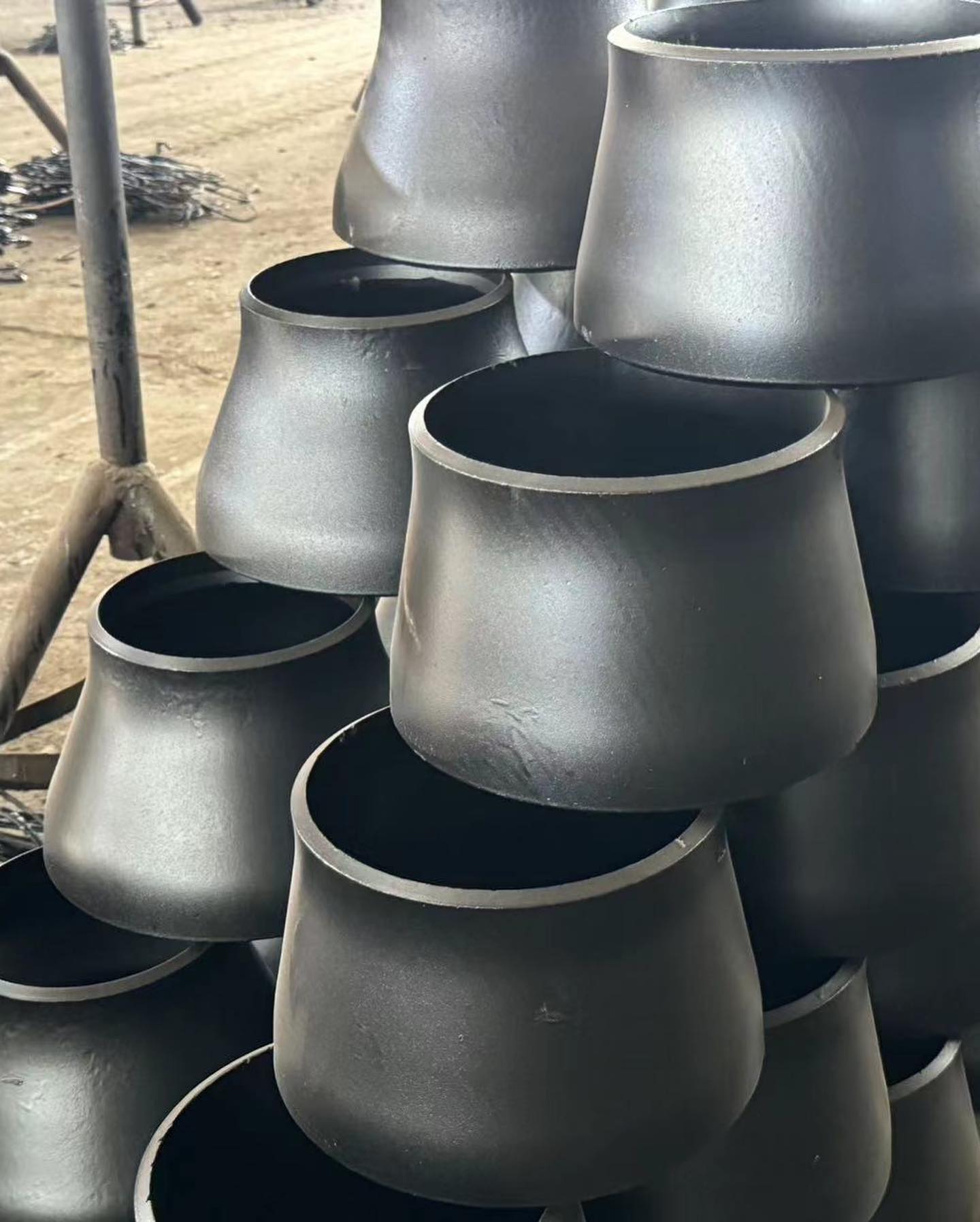-
Cangzhou Yulong Steel Co., Ltd.
-
Phone:
+86 13303177267 -
Email:
admin@ylsteelfittings.com
- English
- Arabic
- Italian
- Spanish
- Portuguese
- German
- kazakh
- Persian
- Greek
- French
- Russian
- Polish
- Thai
- Indonesian
- Vietnamese
- Zulu
- Korean
- Uzbek
- Hindi
- Serbian
- Malay
- Ukrainian
- Gujarati
- Haitian Creole
- hausa
- hawaiian
- Hebrew
- Miao
- Hungarian
- Icelandic
- igbo
- irish
- Japanese
- Javanese
- Kannada
- Khmer
- Rwandese
- Afrikaans
- Albanian
- Amharic
- Armenian
- Azerbaijani
- Basque
- Belarusian
- Bengali
- Bosnian
- Bulgarian
- Catalan
- Cebuano
- China
- China (Taiwan)
- Corsican
- Croatian
- Czech
- Danish
- Esperanto
- Estonian
- Finnish
- Frisian
- Galician
- Georgian
- Kurdish
- Kyrgyz
- Lao
- Latin
- Latvian
- Lithuanian
- Luxembourgish
- Macedonian
- Malgashi
- Malayalam
- Maltese
- Maori
- Marathi
- Mongolian
- Myanmar
- Nepali
- Norwegian
- Norwegian
- Occitan
- Pashto
- Dutch
- Punjabi
- Romanian
- Samoan
- Scottish Gaelic
- Sesotho
- Shona
- Sindhi
- Sinhala
- Slovak
- Slovenian
- Somali
- Sundanese
- Swahili
- Swedish
- Tagalog
- Tajik
- Tamil
- Tatar
- Telugu
- Turkish
- Turkmen
- Urdu
- Uighur
- Welsh
- Bantu
- Yiddish
- Yoruba

Dec . 09, 2024 19:02 Back to list
Different Types of Pipe Welding Techniques and Their Applications
Understanding Pipe Weld Types A Comprehensive Overview
Welding plays a crucial role in the construction and maintenance of pipelines, essential for transporting various fluids such as water, oil, and gas. The type of welding method selected can significantly influence the integrity and durability of the pipeline. This article delves into the various types of pipe welds, their applications, and the advantages and disadvantages associated with each.
1. Butt Welds
Butt welds are one of the most common types of pipe welds. This method involves aligning the two pipe ends flat against each other and welding along the joint. Butt welding provides a smooth transition and is often used for pipelines carrying high-pressure fluids.
Advantages - Strong, leak-proof connections. - Suitable for various pipe thicknesses. - Easier to inspect and repair.
Disadvantages - Requires precise alignment and preparation. - Higher skill level needed compared to other weld types.
2. Socket Welds
Socket welds involve inserting one pipe into another and applying heat to create a weld around the joint. This method is typically used for smaller diameter pipes and is commonly found in high-pressure systems where leakage is a concern.
Advantages - Good for smaller diameter pipes. - Less space required compared to butt welds.
Disadvantages - May not be suitable for larger pipes. - Can create a stress concentration at the socket.
3
. Fillet WeldsFillet welds are used when there is an angle between two pipes, allowing for a joint that can support forces from different directions. This type of weld is often employed in structural applications and in the joining of pipe fittings.
pipe weld types

Advantages - Versatile and easy to apply in various configurations. - Allows for quick assembly of piping systems.
Disadvantages - Not as strong as butt welds; may require reinforcement. - More susceptible to fatigue and can be harder to inspect.
4. Tee Welds
Tee welds are suitable for connecting a branch pipe to a main pipe, forming a 'T' shape. This type of weld is commonly used in distribution systems where multiple flow paths are required.
Advantages - Allows for efficient fluid distribution. - Facilitates maintenance and modifications.
Disadvantages - Complexity in execution can lead to welding defects. - Requires careful planning to ensure flow efficiency.
5. Seam Welds
Seam welding is often used in the manufacturing of pipes. This technique involves welding along the length of the pipe to create a continuous joint. Seam welds are typically applied in the production of thin-walled pipes.
Advantages - Efficient for mass production. - Promotes consistent quality across lengths of pipe.
Disadvantages - Limited to thin-walled applications. - Requires continuous monitoring to prevent defects.
Conclusion
The selection of the appropriate pipe weld type is essential for the success of any piping system. Factors such as the type of materials, the pressure of the fluids being transported, and the environmental conditions should all be considered when choosing a welding method. Understanding the benefits and limitations of each weld type can help engineers and contractors make informed decisions, ensuring the long-term reliability and safety of pipelines. Each weld type has its unique characteristics, making it suited for specific applications, and knowledge of these options is crucial in the field of pipeline engineering.
Latest news
-
ANSI 150P SS304 SO FLANGE
NewsFeb.14,2025
-
ASTM A333GR6 STEEL PIPE
NewsJan.20,2025
-
ANSI B16.5 WELDING NECK FLANGE
NewsJan.15,2026
-
ANSI B16.5 SLIP-ON FLANGE
NewsApr.19,2024
-
SABS 1123 FLANGE
NewsJan.15,2025
-
DIN86044 PLATE FLANGE
NewsApr.19,2024
-
DIN2527 BLIND FLANGE
NewsApr.12,2024
-
JIS B2311 Butt-Welding Fittings LR/SR 45°/90° /180°Seamless/Weld
NewsApr.23,2024











